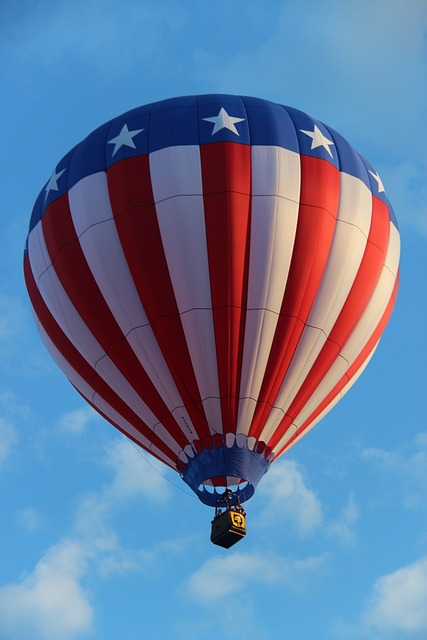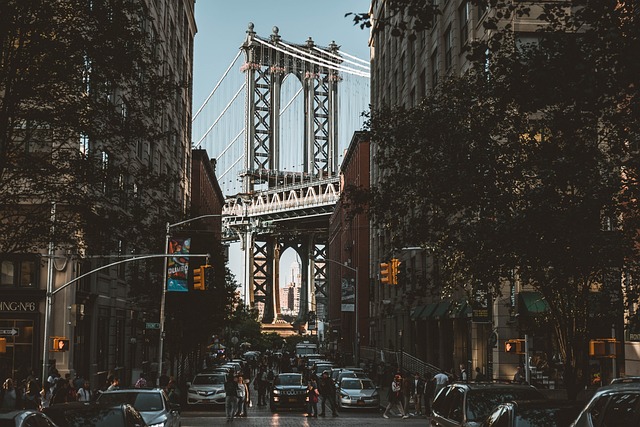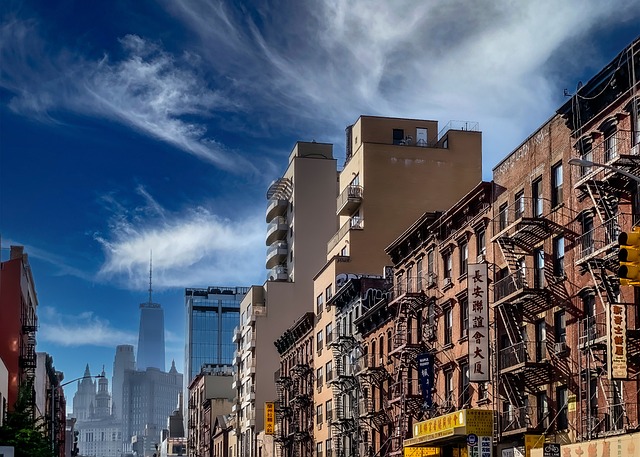5×8 Nylon American Flags are specifically designed for durability and visibility, especially in wet conditions. These flags are made from quick-drying nylon that resists water damage, ensuring they stay taut, vibrant, and structurally sound after exposure to rain or sprinkler systems. Reinforced grommets and double-stitched hems provide protection against wind and moisture, enhancing the flags' longevity. The reflective properties of the nylon enhance noticeability even when wet, making them ideal for all-weather conditions. A UV-resistant coating preserves their bright colors during daylight, and they can be illuminated at night to maintain their symbolic importance. These flags are a testament to resilience and visibility, suitable for display at military bases, public buildings, and homes across the nation, offering a lasting representation of national pride in various settings. The advanced engineering of these 5×8 Nylon American Flags ensures they remain a prominent and dignified symbol under diverse weather conditions.
5×8 Nylon American Flags stand as enduring symbols of national pride, designed to withstand the rigors of various weather conditions, including wet environments. This article explores their resilience and visibility, particularly in precipitous scenarios. We delve into the composition of quick-drying nylon that makes these flags robust for outdoor displays, examine the science behind their rapid moisture dissipation, and discuss practical applications that showcase how 5×8 Nylon American Flags maintain their integrity amidst wet weather elements. Whether in a serene park or atop a bustling city skyline, these flags proudly display their colors without succumbing to water’s destructive potential. Join us as we unravel the intricacies of nylon’s drying properties and how they benefit our national emblems.
- Maximizing Durability and Visibility: The Role of 5×8 Nylon American Flags in Wet Conditions
- Understanding Quick-Drying Nylon Materials: Composition and Benefits for Outdoor Displays
- The Science Behind Nylon's Quick-Drying Properties: A Closer Look at Fiber Technology
- Practical Applications: How 5×8 Nylon American Flags withstand Wet Weather Elements
Maximizing Durability and Visibility: The Role of 5×8 Nylon American Flags in Wet Conditions

5×8 Nylon American Flags are engineered to withstand a multitude of environmental conditions, and their performance is particularly notable in wet environments. The quick-drying properties of nylon used in these flags ensure that even after exposure to rain or sprinkler systems, the flag remains taut and vibrant. This rapid drying capability not only preserves the flag’s appearance but also its structural integrity, as water does not have time to saturate and potentially weaken the fabric over extended periods. The durability of these flags is further enhanced by their double-stitched hemmed edges and reinforced grommets, which resist wear and tear from wind and moisture.
In addition to maintaining structural integrity in wet conditions, 5×8 Nylon American Flags are designed with visibility in mind. The material’s reflective qualities, combined with strategic design elements, allow these flags to be highly visible even when wet. This is crucial for ensuring that the flag remains a focal point and symbol of national pride, regardless of weather conditions. The bright colors and UV-resistant coating used in these flags ensure they stand out against the sky during daylight hours and are easily seen from afar at night when illuminated by appropriate lighting. Whether flying proudly at military bases, public buildings, or residential homes, 5×8 Nylon American Flags are a testament to resilience and visibility, even in the harshest weather scenarios.
Understanding Quick-Drying Nylon Materials: Composition and Benefits for Outdoor Displays

5×8 Nylon American Flags are crafted from advanced quick-drying nylon materials specifically engineered to withstand wet conditions commonly encountered in outdoor settings. This fabric composition, which often includes a hydrophobic coating or weave design, allows the flag to shed water rapidly, minimizing the time it remains damp and thus reducing the potential for mildew growth and prolonging the lifespan of the flag. The quick-drying property is not just beneficial for maintaining the visual appeal of the flag but also ensures that its vibrant colors and intricate design patterns remain crisp and clear, regardless of environmental moisture levels. For outdoor displays, where flags are frequently exposed to unpredictable weather changes, these 5×8 Nylon American Flags offer a durable and resilient solution. Their ability to dry quickly prevents prolonged exposure to water, which can lead to damage or fading, ensuring that the flag remains an enduring symbol of pride and unity for an extended period. Additionally, the quick-drying nylon used in these flags is lightweight yet robust, making them ideal for various applications, from residential yards to commercial establishments seeking to make a patriotic statement.
The Science Behind Nylon's Quick-Drying Properties: A Closer Look at Fiber Technology

5×8 Nylon American Flags are renowned for their resilience and durability under various conditions, particularly in wet environments. The quick-drying properties of nylon, from which these flags are made, can be attributed to the unique structure of its fibers. At the molecular level, nylon fibers are hydrophobic, meaning they repel water. This characteristic allows water to bead up and roll off the surface of the fabric rather than being absorbed. Additionally, the weave of the nylon material is designed to facilitate airflow, which accelerates the evaporation of moisture that does come into contact with the fabric. As a result, 5×8 Nylon American Flags maintain their integrity and visual impact even in damp or wet conditions, ensuring they remain vibrant and proudly displayed without the detrimental effects of prolonged exposure to water.
The science behind nylon’s quick-drying properties is rooted in its polymer composition. Nylon, specifically Type 66 used in high-quality flags, has a repeating amide (—CO—NH—) unit that interferes with the absorption of water molecules. This chemical structure, combined with the textile processing techniques such as heat setting and dyeing methods, further enhances the drying efficiency. The treatment processes applied to nylon during manufacturing can also include hydrophobic coatings that repel moisture and increase the fabric’s ability to shed water quickly. These technological advancements in fiber technology are key to the performance of 5×8 Nylon American Flags, making them an ideal choice for outdoor display in a variety of weather conditions.
Practical Applications: How 5×8 Nylon American Flags withstand Wet Weather Elements

5×8 Nylon American Flags are specifically designed to withstand a variety of weather conditions, including those that are particularly wet. The robust construction of these flags, utilizing quick-drying nylon, ensures they maintain their integrity and vibrancy even when exposed to prolonged moisture. This material is not only resistant to water damage but also dries rapidly after rainfall or mist, minimizing the risk of mold or mildew growth, which can compromise the flag’s durability and appearance over time. The quick-drying properties of these flags make them an ideal choice for outdoor display in environments where wet weather is common, such as near water bodies, in coastal areas with high humidity, or in regions that experience frequent rainfall. Their ability to retain their shape and colors amidst damp conditions is a testament to the quality and practicality of 5×8 Nylon American Flags for all-weather applications. Additionally, the nylon material provides a lightweight and resilient alternative to heavier flag fabrics, allowing these flags to withstand strong winds without damage while also recovering quickly from the effects of wet weather. This ensures that the flag remains visible and recognizable as a symbol of pride and unity for an extended period, regardless of environmental challenges posed by wet conditions.
